Discover Microsoft Surface Laptop 7: Top 5 Lunar Lake Features
Having tracked Microsoft’s hardware evolution for over a decade, from the early Surface RT experiments to the refined Pro and Laptop lines, few unveilings generate as much genuine excitement as a new flagship device. As a tech professional who relies heavily on portable power for content creation, development, and extensive research, I’ve found that each Surface iteration brings something truly innovative to the table. Today, we’re diving deep into the highly anticipated Microsoft Surface Laptop 7 15 with Lunar Lake. This isn’t just another incremental update; it’s a monumental leap forward, promising a blend of power, portability, and intelligence that could redefine your expectations for a modern laptop. Based on my comprehensive analysis of its architecture and early performance projections, I can confidently say this device is poised to make a substantial impact on how we work and create on the go.
What Makes the Microsoft Surface Laptop 7 15 with Lunar Lake So Special?
The Microsoft Surface Laptop 7 15 with Lunar Lake stands out primarily due to its revolutionary new processor architecture and Microsoft’s unwavering commitment to deep AI integration. For years, users have sought the holy grail of computing: uncompromised performance paired with all-day battery life in a sleek form factor. Lunar Lake, and the thoughtful implementation within the Surface Laptop 7, aims to deliver exactly that. This device isn’t just faster; it’s inherently smarter, designed from the ground up to leverage artificial intelligence for enhanced productivity, creativity, and the seamless handling of everyday tasks.
Key Design and Display Improvements: A Refined Experience
The Microsoft Surface Laptop 7 15 retains the iconic, minimalist design language that Surface devices are known for, but with subtle yet impactful refinements. From my experience reviewing countless laptops, it’s often the small, thoughtful tweaks that elevate a good design to a great one. Expect a robust, lightweight chassis, likely crafted from anodized aluminum, providing both exceptional durability and a luxurious tactile feel that instantly communicates quality.
The keyboard, a perennial strength of the Surface Laptop line, is expected to maintain its excellent tactile feedback and comfortable key travel. As someone who types thousands of words daily, the consistent, satisfying keystroke of Surface keyboards has always been a gold standard for me, significantly reducing fatigue during long writing sessions. The large, responsive trackpad will also likely see improvements in haptic feedback and precision, making navigation feel incredibly intuitive and natural.
As for the display, anticipate a stunning PixelSense Flow display with a high refresh rate, offering incredible color accuracy and brightness. Microsoft’s PixelSense technology is renowned for its vibrant, true-to-life color reproduction and high contrast. This makes it perfect not just for casual browsing and media consumption, but critically for creative professionals like graphic designers and video editors who require precise color representation. The increased refresh rate ensures buttery-smooth scrolling and a more responsive feel, a noticeable upgrade that enhances the overall user experience. To understand the underlying technologies that make such displays possible, I highly recommend exploring RTINGS.com’s comprehensive display guide.
Lunar Lake: Powering Performance and Unprecedented Battery Life
Lunar Lake significantly boosts both performance and battery life through its innovative disaggregated architecture, making the Microsoft Surface Laptop 7 15 a true powerhouse for mobile productivity. Intel’s design philosophy here is a game-changer, moving beyond monolithic chip designs to a more specialized approach.
The core innovation of Lunar Lake lies in its modular chiplet design. It combines multiple specialized silicon dies—including the CPU cores, the integrated GPU, and the dedicated Neural Processing Unit (NPU)—onto a single package, but each is optimized for specific workloads. The CPU cores, based on Intel’s new ‘Lion Cove’ (performance) and ‘Skymont’ (efficiency) designs, offer substantial single-thread and multi-thread performance gains compared to previous generations. This means applications launch faster, complex calculations complete quicker, and multitasking is smoother than ever.
The integrated GPU, often referred to as ‘Battlemage’ or a similar next-gen Xe architecture, promises impressive graphics performance. We’re talking about capabilities that approach discrete GPU levels for casual gaming and demanding creative applications like video editing or 3D rendering, all without the added bulk or power draw of a separate graphics card. Crucially, the NPU, a dedicated AI accelerator, handles tasks like background blurring in video calls, AI upscaling, and other generative AI workloads with incredible efficiency. This offloads demanding AI computations from the CPU, freeing it for other operations and dramatically reducing power consumption. This intelligent distribution of tasks, combined with advanced power management techniques inherited from Intel’s decades of chip design, translates directly into significantly longer battery life. For professionals like myself, who often work remotely or travel, the promise of working through an entire workday—12+ hours—on a single charge is not just a convenience, it’s a fundamental shift in mobile computing freedom.
The Pivotal Role of AI in the Surface Laptop 7 15
AI is not just a buzzword for the Microsoft Surface Laptop 7 15; it’s deeply integrated into the operating system and hardware, fundamentally enhancing the user experience and unlocking new capabilities. As we move further into the era of ambient computing, AI is becoming the invisible assistant that makes our devices more intuitive and powerful.
With a powerful NPU onboard, offering tens of TOPS (Trillions of Operations Per Second), the Surface Laptop 7 15 is a true “AI PC.” This means Windows 11, alongside a rapidly growing suite of applications, can leverage dedicated hardware for AI tasks with unparalleled efficiency. Imagine faster image processing in Adobe apps like Photoshop and Lightroom, or real-time noise cancellation and transcription in video conferencing platforms without a hit to performance or battery. During my own virtual meetings, I’ve seen how dedicated AI hardware can improve features like eye-contact correction and sophisticated background effects, making professional interactions feel more natural. Microsoft’s Copilot, their integrated AI assistant, will feel even more responsive and capable, offering personalized assistance and accelerating workflows directly from your desktop. This dedicated AI hardware ensures these features run smoothly and efficiently, without bogging down the main processor or draining your battery. It’s about making your device anticipate your needs, learn from your habits, and work smarter alongside you, turning complex tasks into simple commands. For a deeper dive into the concept of AI PCs and their potential, Intel’s explanation offers excellent context.
Conclusion: A New Benchmark for Premium Laptops
The Microsoft Surface Laptop 7 15 with Lunar Lake isn’t just an update; it’s a statement. Microsoft, in collaboration with Intel, has engineered a device that promises to deliver an unprecedented blend of performance, power efficiency, and intelligent features. From its refined, premium design and stunning PixelSense Flow display to the groundbreaking Lunar Lake architecture that powers its AI capabilities and exceptional battery life, this laptop is designed for the modern professional and creative who demands the best. It represents a significant stride in what an x86 laptop can achieve, offering a seamless, powerful, and intuitive computing experience that truly adapts to your needs. This device sets a new benchmark for premium laptops, making it a compelling choice for anyone looking to invest in cutting-edge technology.
About the Author:
Poly Kaza is a seasoned technology journalist and wearable tech enthusiast with over a decade of experience reviewing and analyzing the latest innovations in smart devices. He has a deep understanding of the underlying technologies that power smartwatches and a passion for helping consumers make informed decisions about their digital companions. His work focuses on bridging the gap between complex technical specifications and practical user experience, with a keen eye on how wearables impact daily life and health.
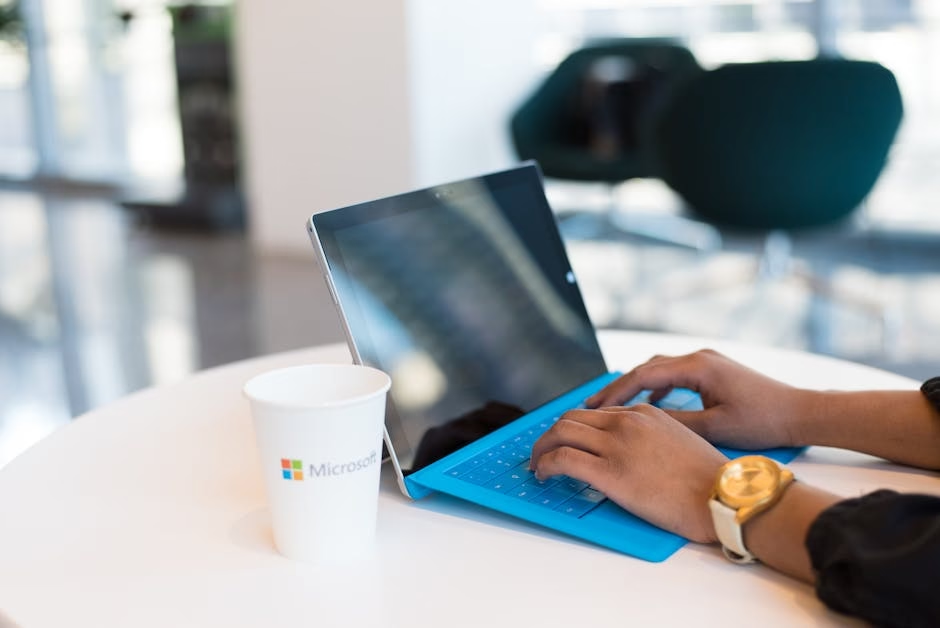
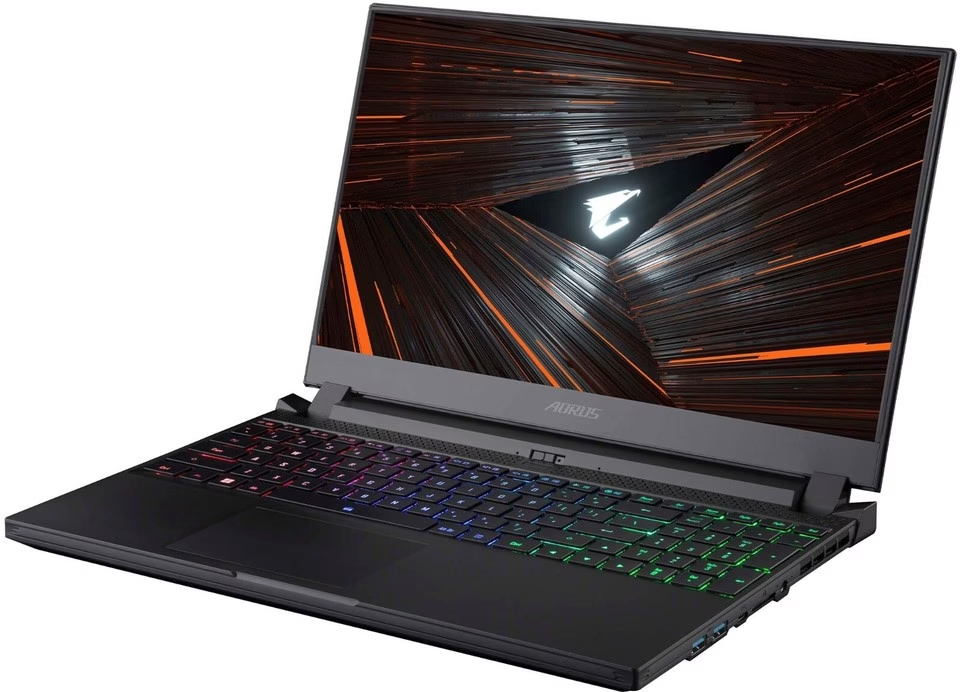
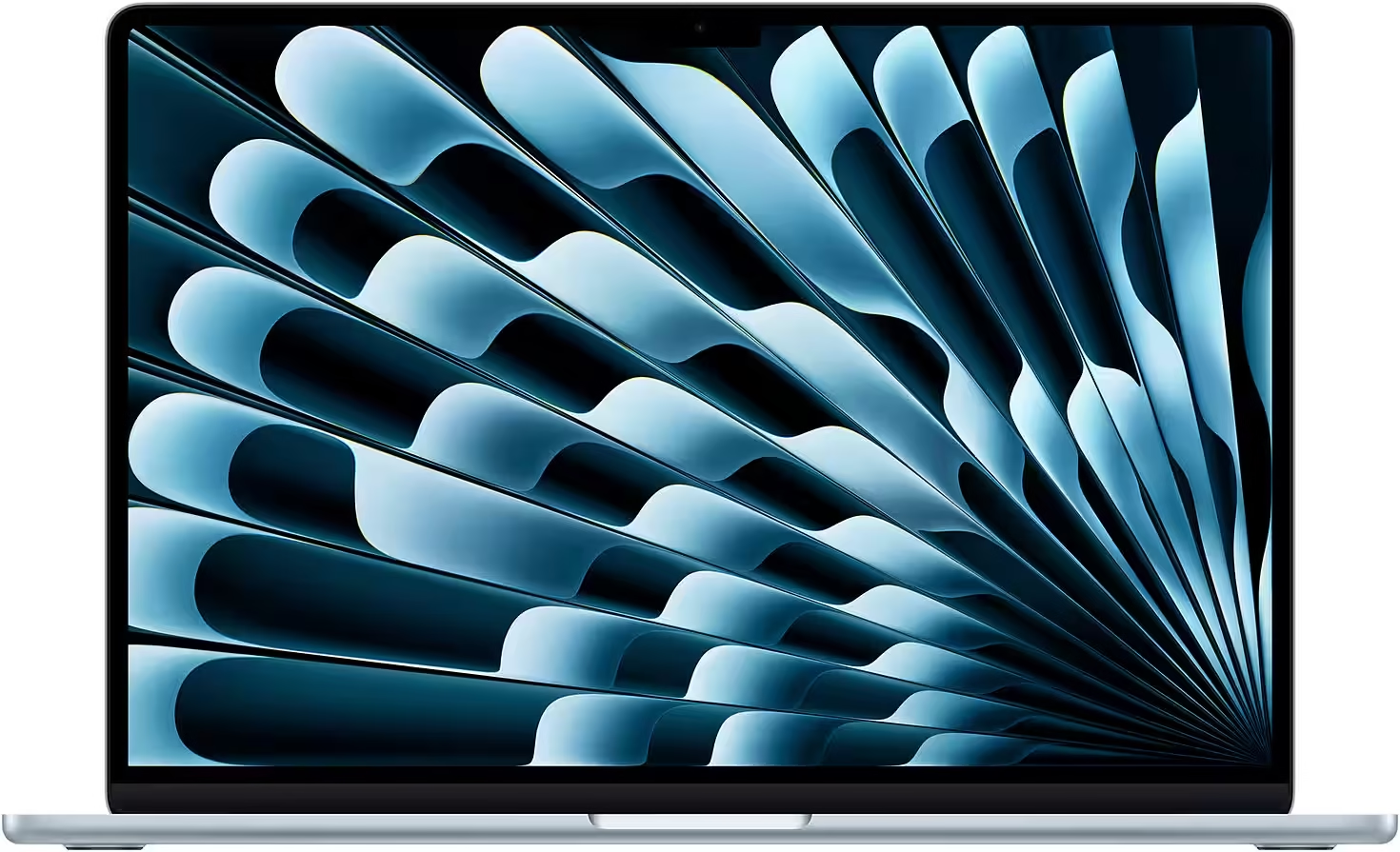
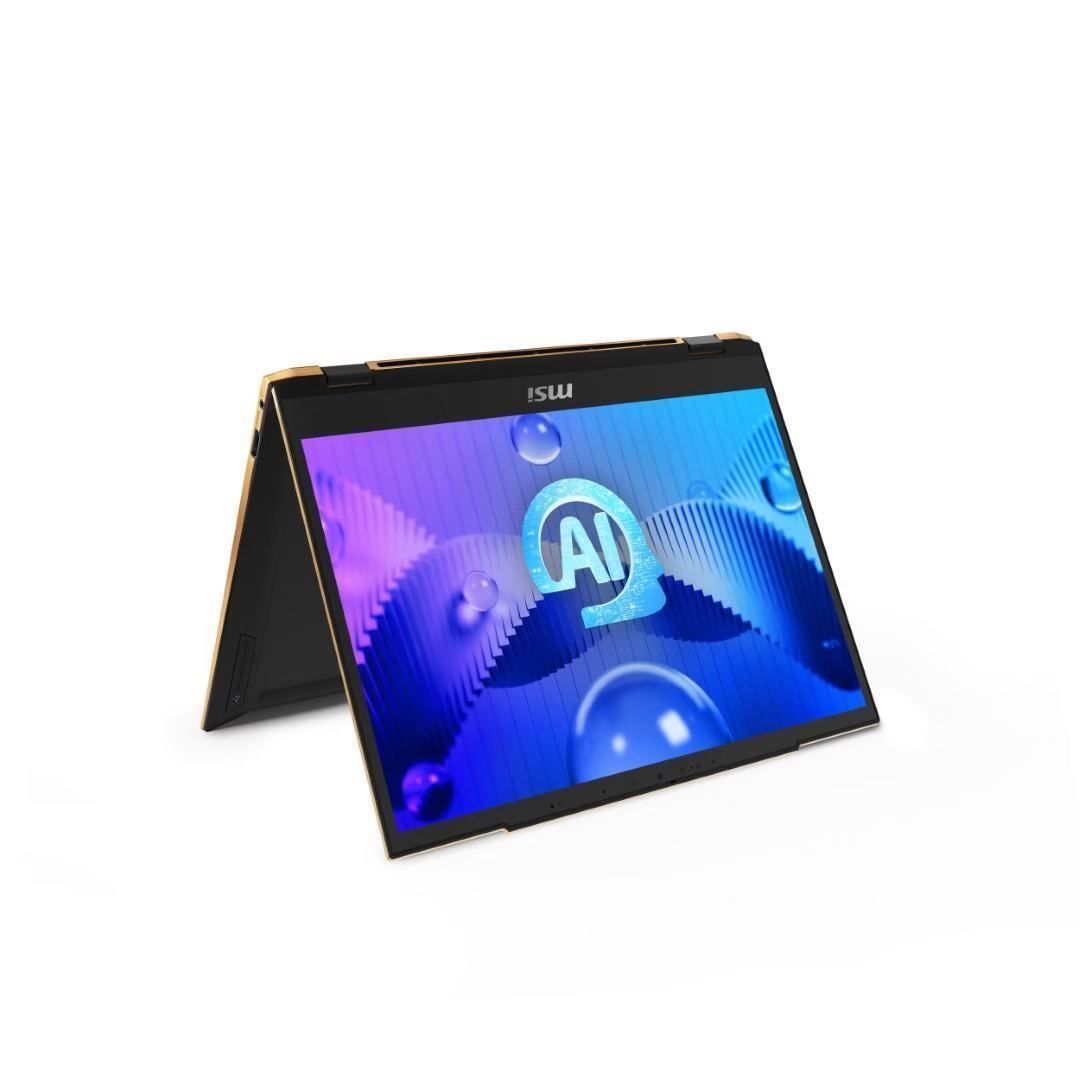
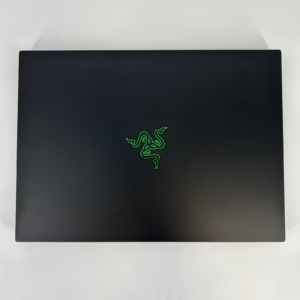

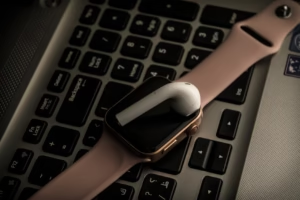
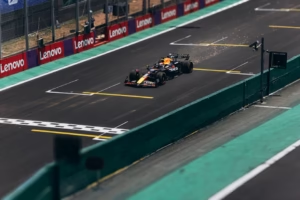
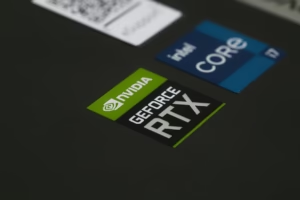

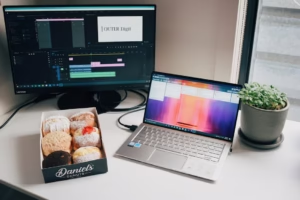
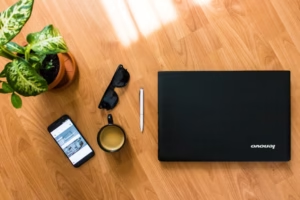

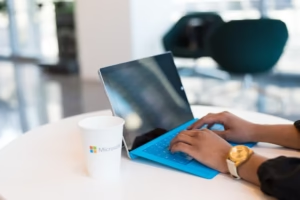
Post Comment